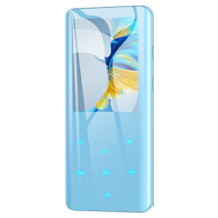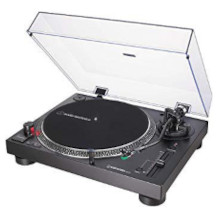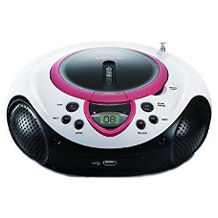Micro stereo system purchasing advice: how to choose the right product
The most important facts in brief
A compact stereo system is an affordable alternative to a conventional stereo system.
Compact stereos support all playback options, such as CD, radio and USB.
Modern compact stereos can also be connected to the Internet.
Compact systems – the space-saving all-rounders
A compact system, also called a micro system or mini system, is basically a small stereo system. Compact systems are usually equipped with a radio, a CD player and an amplifier. They also have loudspeakers that are either integrated into the housing or placed externally.
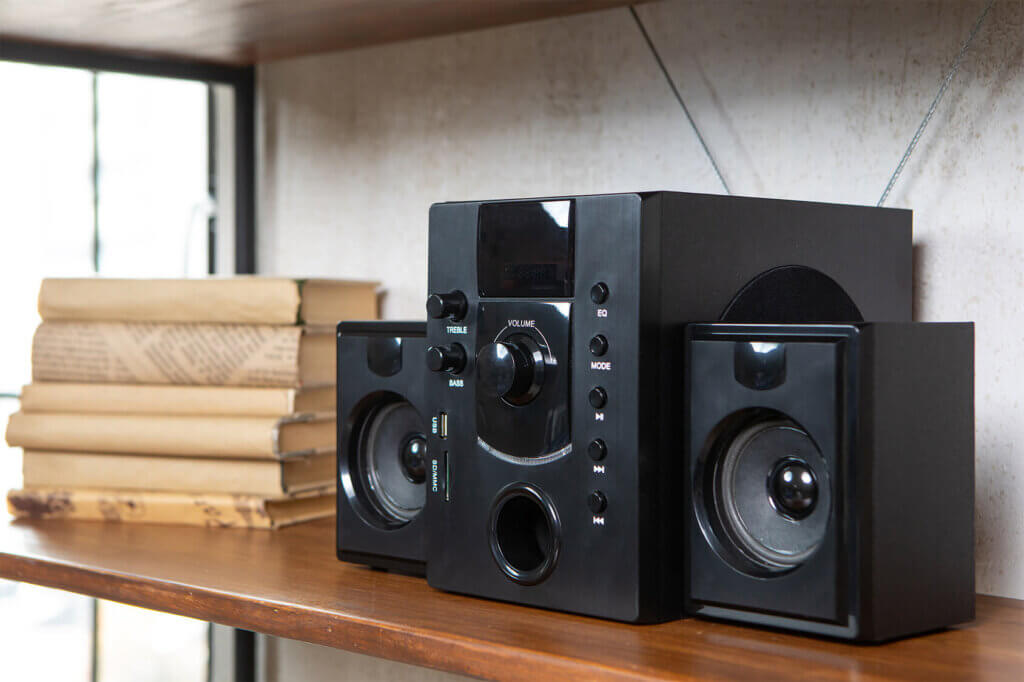
Users operate these mini-systems either via buttons or with a remote control, whereby modern devices usually have a touch display. Additional devices, such as an MP3 player or a DVD player, can be connected via various connection options. Due to their compact dimensions, micro-systems can be set up almost anywhere and are easy to transport at any time. Compact systems are about 15 to 30 centimetres wide and less than 15 centimetres high, so they can easily be placed in a cupboard or on a shelf.
The various playback options include CD playback. Radio is also a common playback option. Many small stereo systems also have a USB or Bluetooth interface, for example, to connect a smartphone or tablet. Modern devices can even access internet radio thanks to their network capability. Compared to conventional stereo systems, compact systems are much less sensitive and, above all, cheaper. They can be placed in almost any small to medium-sized room up to about 30 square metres, whether in a child’s room, kitchen or bathroom. It is even possible to place a compact system on the balcony or terrace.
The different versions
Compact systems are available in different versions, which differ in terms of price and features as well as in terms of design. Some models resemble a cube; CDs are inserted either at the front or at the top. Others are very shallow; the CD player is installed vertically, which is why they are called “vertical”. Such models are often visually superior to horizontal compact systems because they look more elegant, but due to their shallow depth they usually do not have good sound quality.
Basically, compact systems can be divided into three different categories: Inexpensive, simply equipped entry-level models, mid-priced devices with advanced functions and high-end variants with excellent sound quality and numerous functions.
Inexpensive compact systems for beginners
Inexpensive compact stereo systems are already available for less than 100 euros. They are ideal for beginners or for children. Most units are equipped with a CD player, radio and MP3 player; some also have a USB port. Inexpensive compact stereos usually have an output of between 10 and 30 watts. Their sound quality differs enormously from the mid-priced and expensive models.
Pro points
- Cheap to buy
- Solid standard equipment: radio, CD and MP3 player
Drawbacks
- Sound quality often leaves a lot to be desired
Mid-price models
Compact systems in the mid-price segment have various connection options, such as USB or Bluetooth. They are also equipped with a radio and CD player. The output of the speakers is usually between 50 and 100 watts.
Pro points
- Good price-performance ratio
- Various connection options
- Simple handling
Drawbacks
- Sound quality is usually not sufficient for demanding music lovers
High-end compact systems
High-end compact stereo systems belong to the upper class and are especially suitable for demanding music lovers who have little space available and therefore cannot set up a conventional stereo system. Their sound is just as high-quality as their workmanship. In addition to various connection options and common playback options such as CD and radio, high-end units also support more file formats than inexpensive and mid-priced compact systems. These include formats such as WAV or FLAC.
Pro points
- Excellent sound quality
- Support of various file formats
- Often connectable to screens or Blu-Ray players
Drawbacks
- High purchase price
What to look for when buying
The market now offers a wide range of compact stereos, which is why consumers often struggle to choose the right mini sound system. First and foremost, it is important to know what features are important. As mentioned at the beginning, there are differences in price and features. But the design and the intended use should also be taken into account when deciding on a purchase. For use in the kitchen, bathroom or children’s room, inexpensive compact systems are usually sufficient. However, those who value an excellent sound and a chic design will have to dig a little deeper into their pockets.
In general, buyers looking for a compact system should pay attention to the following criteria:
- the sound
- the loudspeakers
- the radio
- the CD player
- the connections
- the connection options
- the remote control
- the energy efficiency and wattage
The sound
The sound of a compact system is one of the most important criteria for buyers. High-quality compact stereos have a powerful sound, which is ensured by a powerful amplifier. A good sound varies depending on the style of music, which is why some compact stereos have certain setting options so that users can select a specific sound profile depending on the style of music.
As a rule, external speakers are better than integrated speakers in terms of sound quality. In addition, larger speakers generally offer higher quality sound than smaller speakers. Likewise, the materials used in the speakers are crucial for good sound quality. Consumers should make sure that the speakers are made of metal, stone or wood.
The speakers
There are two different types here: Compact systems with integrated speakers and compact systems with external speaker boxes. If you choose a compact system with external speakers, you should have enough space to place them optimally.
Most models have so-called two-way speakers, each containing a bass speaker, a midrange speaker and a tweeter; sometimes a bass reflex is also integrated. As a rule, compact systems have two loudspeakers, which together can reach between 10 and over 500 watts. A few models also have an integrated subwoofer. In the upper price segment, compact systems also have a connection for connecting an external subwoofer.
The radio
If a simple FM radio is enough for you, you will also find good compact radios in the lower price range. FM stands for ultra-short wave and represents conventional broadcasting. It is characterised by crackling and hissing if users have not tuned the radio station optimally. Incidentally, an antenna is needed for reception. Those who value digital radio should look for the abbreviation DAB+. Here, too, an antenna is necessary for reception, but a digital signal is transmitted. DAB+ stands for “Digital Audio Broadcasting”. The advantage of this type of reception is that there is no crackling or noise, which is due to the fact that there is either reception or not. This means that users cannot tune a radio station incorrectly. In addition, the sound is much better than with analogue radio reception.
According to the current status, digital radio will replace the old FM reception in 2025, which is why it would be advisable to choose a model now that also supportsDAB+ at best. If the compact system is Internet-capable, users can also access an Internet radio. They do not need an antenna for this.
The CD player
As a rule, all modern compact systems can play MP3 files. If you burn your music onto CD yourself, you should make sure that the CD player supports the formats CD-RW, CD-R, CD+R or CD+RW. WAV files are not standard and therefore cannot be played by all compact stereos.
The connection options
Basically, the more connection options, the better. One of the most important interfaces is a USB port, which allows users to play music from a USB stick, for example. A headphone jack is also practical, for example, to enjoy music at night without disturbing others. An AUX input is important for anyone who wants to connect an MP3 player via a 3.5 millimetre jack cable.
Users should also pay attention to where the connections are located. If the compact system is to be placed on a shelf or in a cupboard, for example, connections at the back would be rather impractical. Above all, the USB port and the headphone input should be located at the front of the compact system.
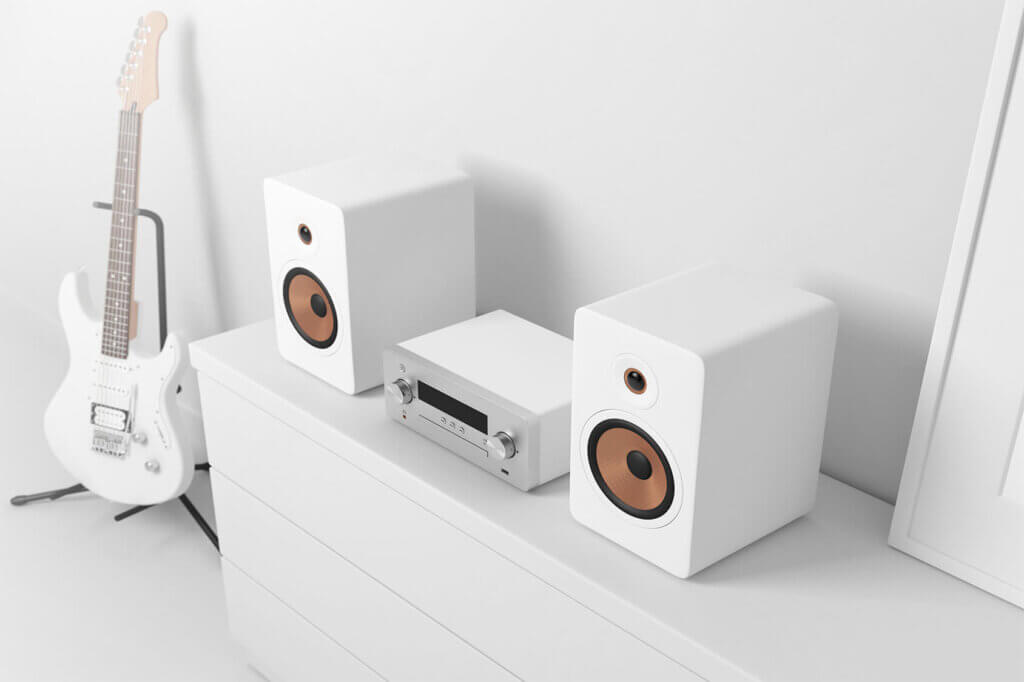
Connecting to the Internet and Bluetooth
Many modern compact stereos, especially in the mid-range and upper price segment, have a Bluetooth and WLAN module. Via Bluetooth, for example, users can connect their smartphone or tablet to the mini stereo and easily play music from either device. Via WLAN, users can access all Internet radio stations.
The remote control
Although the small music systems are only suitable for small to medium-sized rooms anyway, many consumers do not want to do without the convenience of a remote control. Many models, even some in the lower price segment, come with a remote control. As a rule, it offers all the important functions, such as the various playback options, so that users can conveniently choose between CD and USB.
Energy efficiency and wattage
In principle, compact stereos consume very little electricity. However, power consumption depends on the wattage and, for example, on any lighting effects. Contrary to popular belief, the wattage does not say much about the volume and sound quality of a compact system. It merely indicates the physical performance of a technical device. Instead, buyers should pay attention to the RMS value (“Root Mean Square”), which assesses the performance of amplifiers.
Accessories and optional equipment
With regard to accessories, be it headphones or a subwoofer, buyers should make sure that the desired compact system has the appropriate connections. Some compact systems also support wall mounting, for example. Other accessories include a USB stick or a separate Bluetooth receiver, as not every compact system has Bluetooth. However, a separate Bluetooth receiver requires an audio input (AUX-IN). The range of such Bluetooth receivers is up to 20 metres, depending on the model of the receiver.
Meanwhile, cassette decks and record players are also part of the optional equipment. Since both types of equipment are currently in vogue again, there are numerous compact systems with these two components on the market. Other features include functions such as a sleep timer, an alarm function, the possibility to store favourite radio stations or the option to set the unit to standby mode. Most compact stereos are equipped with a clock. Some models also have an integrated docking station.
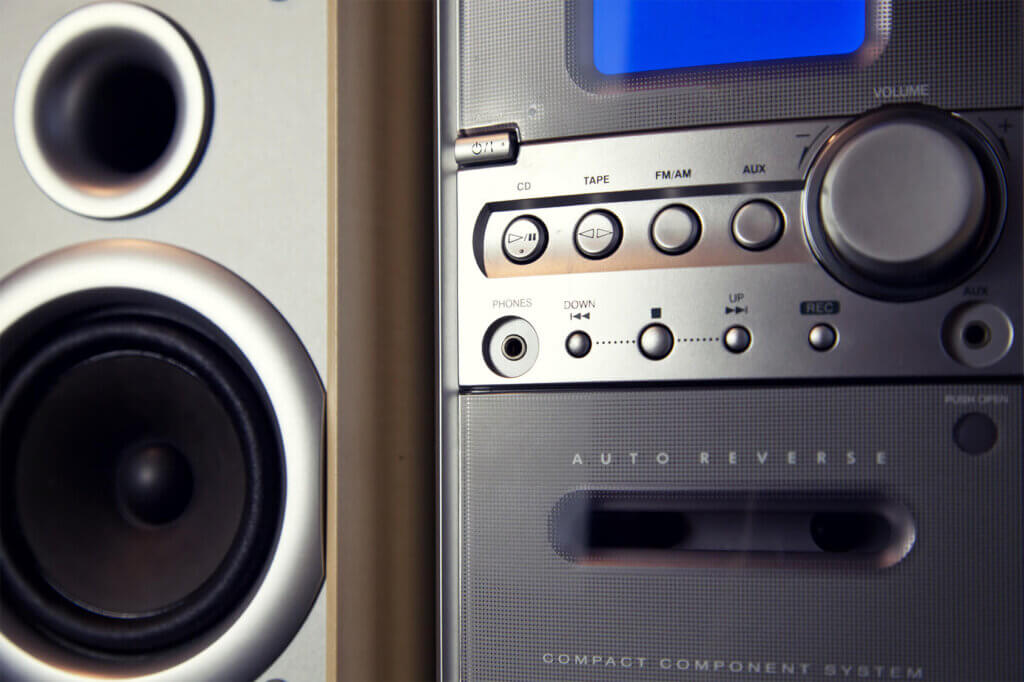
Care and cleaning tips
For safety reasons, we recommend switching off the unit before cleaning it, especially before wet cleaning. A damp microfibre cloth is sufficient for cleaning. If there is a large accumulation of dust, users can also clean the unit with a hoover. However, they should be careful and always use a so-called dust brush. The hoover nozzle should never touch the surface of the compact unit, otherwise scratches may occur. Narrow crevices are best cleaned with a cotton swab. After the compact unit has been cleaned with a damp cloth, it should be switched off for at least 30 minutes.
Like any electrical appliance, a compact system must be protected from moisture, otherwise there is a risk of a short circuit. If the system is set up on a balcony or terrace for a party, users should make sure that it is dry and protected from rain. To be on the safe side, there should be no drinks in the vicinity or even on the system itself. Especially in the bathroom and kitchen, make sure that the unit does not get wet.
Removing scratches
If there are scratches on the compact system, be it the display or the housing, there are special polishing pastes to remove them gently. First, users roughly clean the surface of dirt and dust. Then they apply the polishing paste with a soft microfibre cloth and polish the surface until there are no more scratches. Finally, they clean the polished area again with a clean and damp microfibre cloth.
Toothpaste as an alternative
An alternative to polishing paste is high-quality toothpaste, which users can also use to remove scratches. However, this will only remove superficial scratches. Deep scratches cannot be removed with either polishing paste or toothpaste.

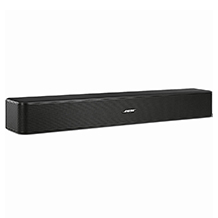
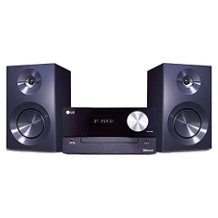
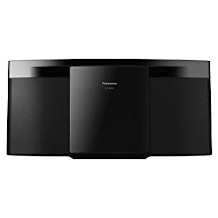
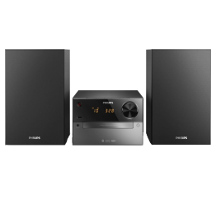
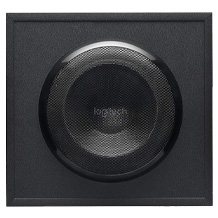
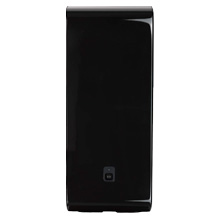

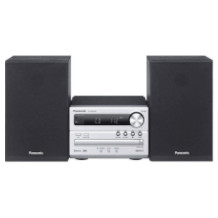
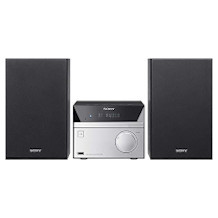
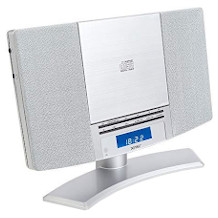
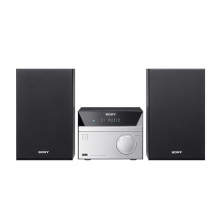

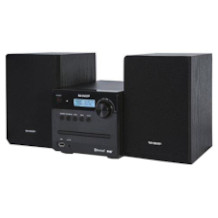
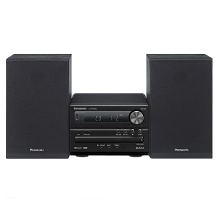
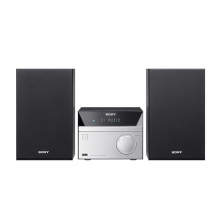
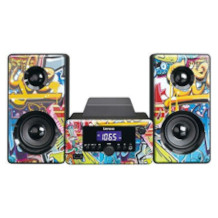
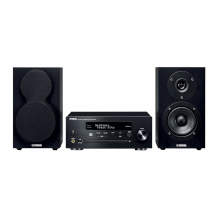
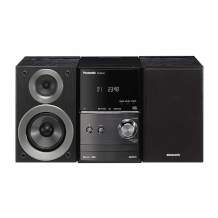

 890 reviews
890 reviews
